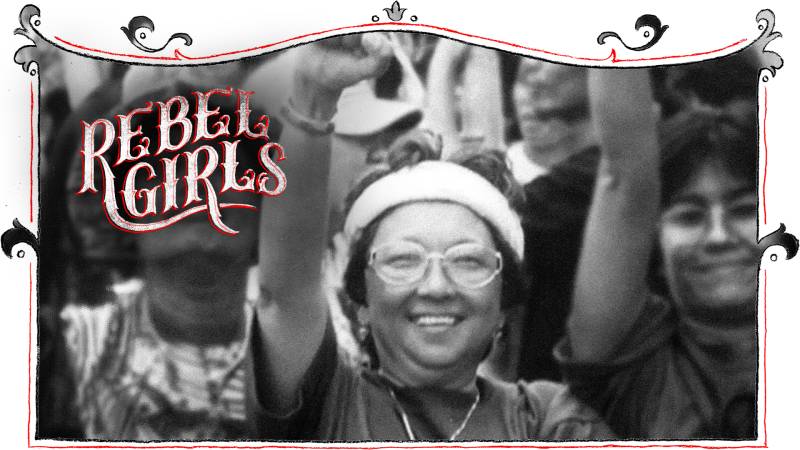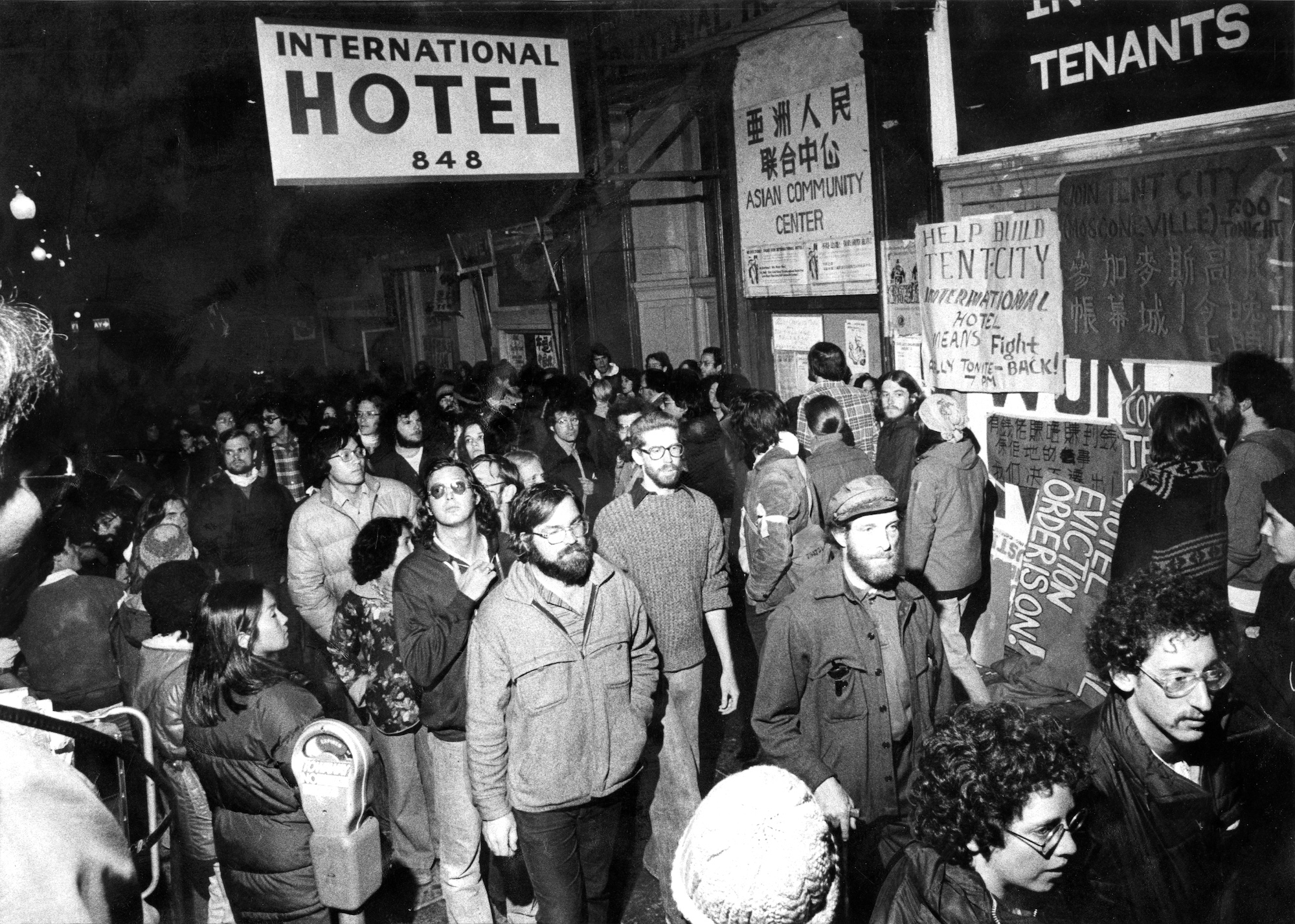In 1995, Marasigan volunteered with the Bilingual Advisory Council of Balboa Park’s James Denman Middle School, was a member of the School Advisory Council and actively worked with teens on AIDS prevention. An article in the San Francisco Examiner that year reported that she was prone to bluntly asking the teens at the West Bay Filipino Center on Mission St. if they were sexually active.
“If they cannot say ‘no’ right away,” she explained, “I grab their hand and say ‘Talk to me.’ I’m straight with them. I answer their questions and I don’t get embarrassed.”
Marasigan wasn’t afraid to enter a classroom and tell kids something they’d never heard before — be it about safe sex or their own history.
“In the curriculum,” she said at the time, “there is no cultural empowerment of other groups. Last week, we had a support group at Balboa, and we showed them Filipino history in America, and they were so surprised … How could our children have self-esteem in school when they don’t see they are part of the history of America?”
Sadly, Marasigan’s life of service was suddenly cut short by an accident in April 2000. She had just gotten out of her parked car when it rolled down the street, knocking her to the ground. She was 61.
At a packed memorial service for her at San Francisco’s City Hall, tributes poured in from Mayor Willie Brown, several supervisors (including Tom Ammiano and Mabel Teng) and a plethora of friends and associates. Supervisor Leland Yee didn’t mince words.
“Anyone with the name ‘Bullet,’ you don’t want to mess around with,” Yee said. “When you lose someone like that, you lose part of your soul.”
One of Marasigan’s final triumphs in life was successfully fighting to re-open the Filipino Education Center — a bilingual school and daycare for immigrant children. She believed this was an essential grounding place that would enable future generations of Filipinos to thrive in the Bay.
“When we’re gone,” she explained in 1995, “the work will continue.”



